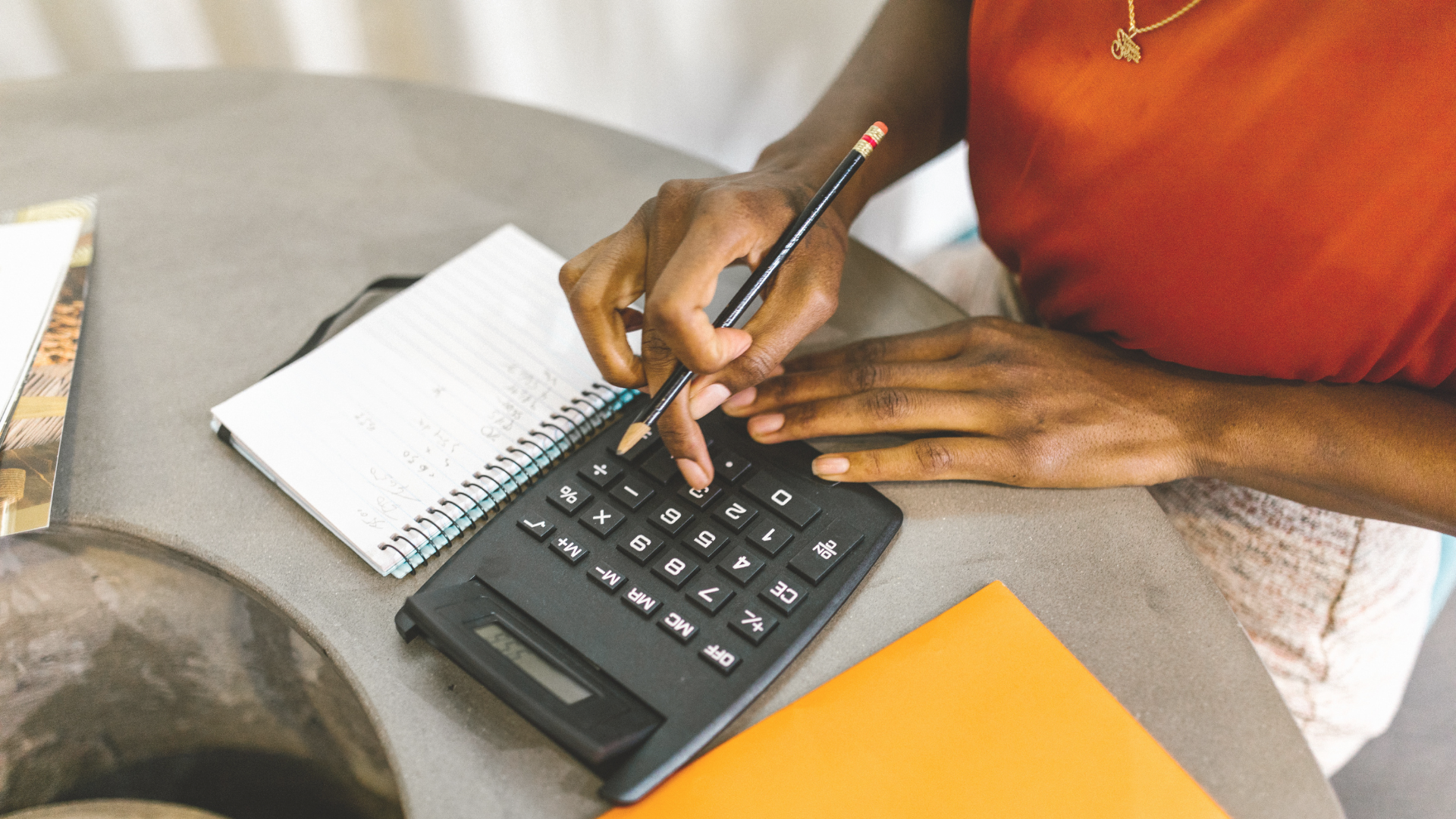Do you have a family budget plan?
If you’re not even sure what that is, don’t feel bad – one poll found that 3 out of 5 Americans don’t even know what they spent last month, and I bet the percentage is pretty similar here in Malta and everywhere else. With all the other responsibilities involved in running a busy family, it’s often a victory just to remember to pay your bills in the first place, much less keep track of everything.
But a family budget plan is very important for helping you pay your expenses, meet your financial goals, get out of debt and answer the big question on every mum’s mind: How much money can I spend on fun stuff this month? That alone is motivation enough for me to have a budget!
Here are some steps you can follow to make 2022 the year of the family budget plan.
1. Audit your finances
You can’t budget without a clear picture of where you stand financially, so write down how much your family has in savings. Look at debts, like mortgages or loans, and write down the balances, interest and monthly payments. Write down all your monthly recurring expenses as well, like your electricity bill.
Then, estimate your remaining spending per month on things like groceries, clothes, fuel and entertainment. Don’t forget to factor in yearly expenses, like Christmas, yearly insurance premiums, taxes, and kids’ birthdays – you can divide by 12 to figure out a monthly amount to make things easier.
2. Find places to make cuts
Once you have a clearer view of your finances, find a few areas where you could make some adjustments. For example, you might be able to renegotiate a loan or credit card interest rate. Perhaps you’ve noticed you are still paying for a subscription you no longer need. If you found out you’re spending a lot more money eating out each month than you thought, it may be time to commit to eating at home more.
3. Get budgeting
Next, it’s time to look at everyone’s monthly take-home pay and get budgeting. There are a few different approaches you can take.
I set aside money for my monthly bills in a bills account. Then I calculate how much I’ll need for big-picture expenses like a new car, divide them by the number of years left until I plan to pay for them, and then divide that figure by 12. That shows me how much money I should put in long-term savings each month. Then I set aside money for short-term expenses for fun buys like new boots or a long weekend away.
Whatever is left is my spending power. From this, anything that isn’t spent on groceries is “fun money” for smaller impulse buys and entertainment. You can find more details on my approach in my blog post, How I budget and split my wage.
Of course, that’s not the only way. There’s also the popular 50/30/20 model that many people aim for as a starting point.
This splits income with 50 percent going towards your needs, such as utilities, transportation, housing, groceries, etc. 30 percent goes towards “wants”, such as entertainment, gifts and travel. The remaining 20 percent goes to saving for emergencies, financial goals, retirement or debt repayment. Of course, this ratio should be adjusted if you have to spend more than half your income on needs each month.
4. Find a budgeting tool
It’s 2021, so we don’t have to keep sharpening our pencils to stay on top of finances – nor should we. Using a budget spreadsheet or app means the only math you have to do is when you’re helping your kids with their homework.
Some apps are geared toward families and allow you to link everyone’s spending together. This means you won’t be thrown off if your husband forgets to tell you he stopped at the gas station after work. Many of these apps can also be linked securely to your bank account for real-time updates, if you choose.
Personally, we use a hybrid approach and make use of Google Sheets, and an app called Spendee. Our budget goes into Google Sheets first, broken down into categories. We then track spendings for each of the categories in Spendee. It’s a shared app so we can both track what we are spending as a family.
5. Be flexible
You might associate budgeting with being rigid, and you really will get the most out of your efforts if you stick to your plan. But keep in mind that a family’s expenses and income change over time. That means you’ll need to review your budget every once in a while and incorporate changes. Let’s say your daughter just started piano lessons or you got rid of your landline. Perhaps you finally want to take the kids to Disney and you’ve decided to start putting more in your travel fund. You can always change your family budget plan as you go along, so don’t get too caught up in the what-ifs and just get started!
I hope this helps you set yourself up successfully for 2022!
Love,
Nakita xxx







Leave a Comment